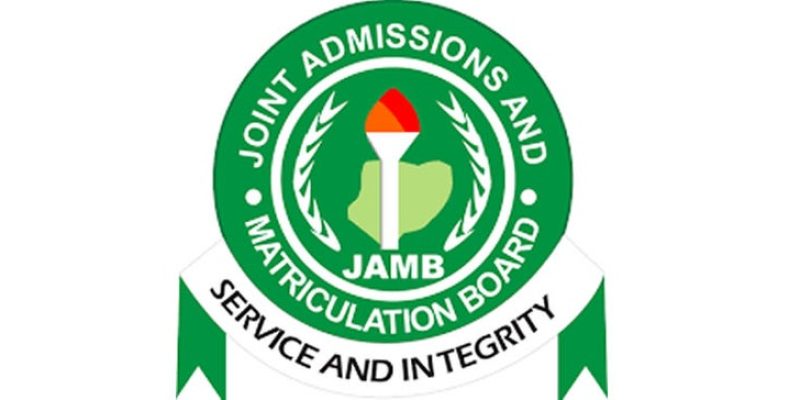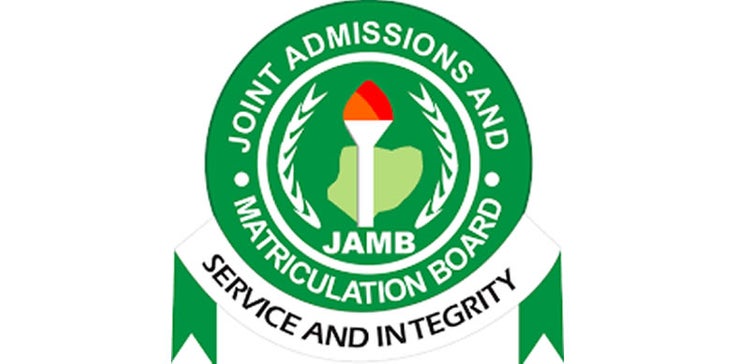INTRODUCTION
The JAMB Syllabus is a comprehensive listing of topics from which questions would be set on all subject areas. The syllabus has been specifically designed to guide candidates to adequately prepare for the examination.
Below is the JAMB 2022 Syllabus for Mathematics.
Part A: Number and Numeration:
1. Number Bases:
(a) Operations in different number bases from 2 to 10;
(b) Conversion from one base to another including fractional parts.
2. Fractions, Decimals, Approximations, and Percentages:
(a) Fractions and decimals;
(b) Significant figures;
(c) Decimal places;
(d) Percentage errors;
(e) Simple interest;
(f) Profit and loss percent;
(g) Ratio, proportion, and rate;
(h) Shares and value-added tax (VAT).
3. Indices, Logarithm, and Surds:
(a) Laws of indices;
(b) Standard form;
(c) Laws of logarithm;
(d) Logarithm of any positive number to a given base;
(e) Change of bases in logarithm and application;
(f) Relationship between indices and logarithm;
(g) Surds.
4. Sets:
(a) Types of sets
(b) AlgebraAlgebra is a branch of mathematics that substitutes letters for numbers. Algebra is about finding the unknown or putting real-life variables into equations and then solving them. More of sets
(c) Venn diagrams and their applications.
Part B: Algebra:
1. Polynomials;
(a) Change of subject of the formula
(b) Factor and remainder theorems
(c) Factorization of polynomials of degree not exceeding 3.
(d) Multiplication and division of polynomials
(e) Roots of polynomials not exceeding degree 3
(f) Simultaneous equations including one linear one quadratic;
(g) Graphs of polynomials of degree not greater than 3.
2. Variation;
(a) Direct
(b) Inverse
(c) Joint
(d) Partial
(e) Percentage increase and decrease.
3. Inequalities;
(a) Analytical and graphical solutions of linear inequalities;
(b) Quadratic inequalities with integral roots only.
4. Progression;
(a) nth term of a progression
(b) sum of A. P. and G. P.
5. Binary Operations;
(a) Properties of closure, commutativity, associativity, and distributivity;
(b) Identity and inverse elements (simple cases only).
6. Matrices and Determinants;
(a) Algebra of matrices not exceeding 3 × 3;
(b) Determinants of matrices not exceeding 3 × 3;
(c) Inverses of 2 × 2 matrices [excluding quadratic and higher degree equations].
Part C: Geometry and Trigonometry:
1. Euclidean Geometry;
(a) Properties of angles and lines;
(b) Polygons: triangles, quadrilaterals and general polygons;
(c) Circles: angle properties, cyclic quadrilaterals and intersecting chords;
(d) Construction.
2. Mensuration;
(a) Lengths and areas of plane geometrical figures;
(b) Lengths of arcs and chords of a circle;
(c) Perimeters and areas of sectors and segments of circles;
(e) Surface areas and volumes of simple solids and composite figures;
(f) The earth as a sphere:- longitudes and latitudes.
3. Locus;
(a) Locus in 2 dimensions based on geometric
(b) Principles relating to lines and curves.
4. Coordinate Geometry;
(a) Midpoint and gradient of a line segment;
(b) Distance between two points;
(c) Parallel and perpendicular lines;
(d) Equations of straight lines.
5. Trigonometry;
(a) Trigonometrical ratios of angels;
(b) Angles of elevation and depression;
(c) Bearings;
(d) Areas and solutions of triangle;
(e) Graphs of sine and cosine;
(f) Sine and cosine formulae.
Part D: Calculus:
1. Differentiation;
(a) Limit of a function
(b) Differentiation of explicit algebraic and simple trigonometrical functions – sine, cosine and tangent.
2. Application of Differentiation;
(a) Rate of change;
(b) Maxima and minima.
3. Integration;
(a) Integration of explicit algebraic and simple trigonometrical functions;
(b) area under the curve.
Part E: Statistic:
1. Representation of Data;
(a) Frequency distribution;
(b) Histogram, bar chart, and pie chart.
2. Measures of Location;
(a) Mean, mode, and median of ungrouped and grouped data – (simple cases only);
(b) Cumulative frequency.
3. Measures of Dispersion;
(a) Range, mean deviation, variance and standard deviation.
4. Permutation and Combination;
(a) Linear and circular arrangements;
(b) Arrangements involving repeated objects.
5. Probability;
(a) Experimental probability (tossing of coin, throwing of a dice etc);
(b) Addition and multiplication of probabilities (mutual and independent cases).
JAMB 2022 MATHEMATICS RECOMMENDED TEXTBOOKS
- Adelodun A. A (2000) Distinction in Mathematics: Comprehensive Revision Text, (3rd Edition) Ado -Ekiti: FNPL.
- Anyebe, J. A. B (1998) Basic Mathematics for Senior Secondary Schools and Remedial Students in Higher/ institutions, Lagos: Kenny Moore.
- Channon, J. B. Smith, A. M (2001) New General Mathematics for West Africa SSS 1 to 3, Lagos: Longman.
- David -Osuagwu, M. et al (2000) New School Mathematics for Senior Secondary Schools, Onitsha: Africana – FIRST Publishers.
- Egbe. E et al (2000) Further Mathematics, Onitsha: Africana – FIRST Publishers
- Ibude, S. O. et al (2003) Agebra and Calculus for Schools and Colleges: LINCEL Publishers.
- Tuttuh – Adegun M. R. et al (1997), Further Mathematics Project Books 1 to 3, Ibadan: NPS Educational
- Wisdomline Pass at Once JAMB.





Responses